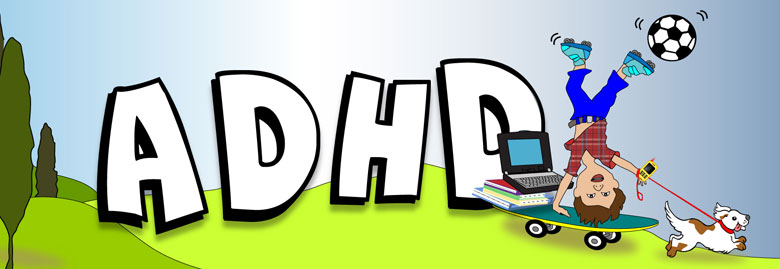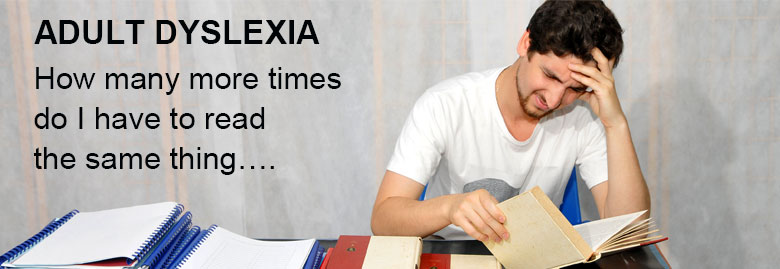Originally published in The Dyslexic Reader,
Vol 24 ,Issue 2 Copyright (c) 2001-year DDAI.
Mastering Musical Notes with Davis Symbol Mastery
By Jerilynn Carter
My daughter, age 12, has studied piano for at least 6 years, but was still having trouble identifying even middle C. It had been a huge source of frustration for both of us until I red Ron Davis’ book, The Gift of Dyslexia. With this new understanding, I asked my daughter if the music sometimes looked like a bunch of lines and dots swimming around on the page and she answered a definite, YES!
We actually made the grand staff in clay and placed it on blank laminated cardstock. We use this laminated cardstock for all our clay work so we can move it easily and clean up easily. I drew a very large staff the size of an 8 ½ x 11 inch paper which we used to refer to in the same way as one would refer to the alphabet strip for mastering letters.
As we made the notes out of clay, we placed them on the clay staff. We started with the treble clef and the bass clef. The treble clef is also called the G-clef because it circles around the G line, while the bass clef is called the F-clef because the two dots surround the F line. The shape of the bass clef actually is close to a cursive F (with a little imagination). The treble clef looks somewhat like a G. I found the explanation about the clefs in Alfred’s Basic Piano Library, Lesson Book, Complete Level 1 by Willard A Palmer, Morton Manus, and Amanda Vick Lethco, pages 12 and 14.
Since we have done this much, my daughter reports that the staff seems much easier to look at. It seems clearer and she can discern that there are indeed five lines on each staff. The two notes we did (G and F) are very solid for here and it is easy for her to identify them. She’s excited by this and I have even found her, all on her own, valiantly trying to figure out some music she hopes to learn some day – not even a hint from me that she do it. This I consider to be great progress!
Another think that finally made sense to her from doing this is the relationship of each staff to the high and low registers on the keyboard. Being able to place her whole hand on top of each staff (right hand on treble and left hand on bass) helped her to see how each staff relates to where she places her hands on the keyboard. I actually was surprised to find out that she didn’t really understand this before.
From here we’re going to work on more notes – like middle C, high C, and low C. We’re also going to do time signatures, key signatures, etc. eventually. I don’t think you need to be a musician to do this. It’s helpful to know a little bit about note names and where they correspond to the keyboard. But any beginning method book can help you there. You could probably just open a book and do what they are explaining in clay.
Good luck!
(Editor’s note: Alfred’s Basic Piano Library and Bastien Piano Basics are both excellent beginning piano series. Good references for music definitions are How to Read Music by Roger Evans reviewed on page 12 and The Harvard Dictionary of Music.)
“I find learning from my
mistakes much more
effective than trying not
to make any mistakes.”






